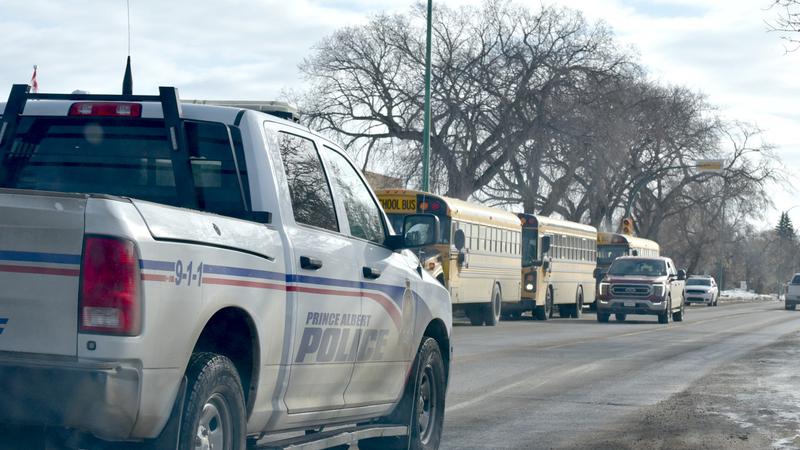
Prince Albert schools renew threat assessment protocol for new year
A recent incident of one student lighting another on fire in Saskatoon is a stark reminder of the importance of planning when it comes to keeping children safe.
The start of the 2024/25 school year in Prince Albert came with a renewed protocol for schools and organizations (such as police, fire, social service and many others) for assessing risk in students.
The upshot is that the protocol makes information flow easier and faster if a potential threat is identified.
“What the community protocol allows us to do is share information where there might be situations, concerns that are brought to our attention,” said Tom Michaud, superintendent of schools for the Sask. Rivers School Division.


